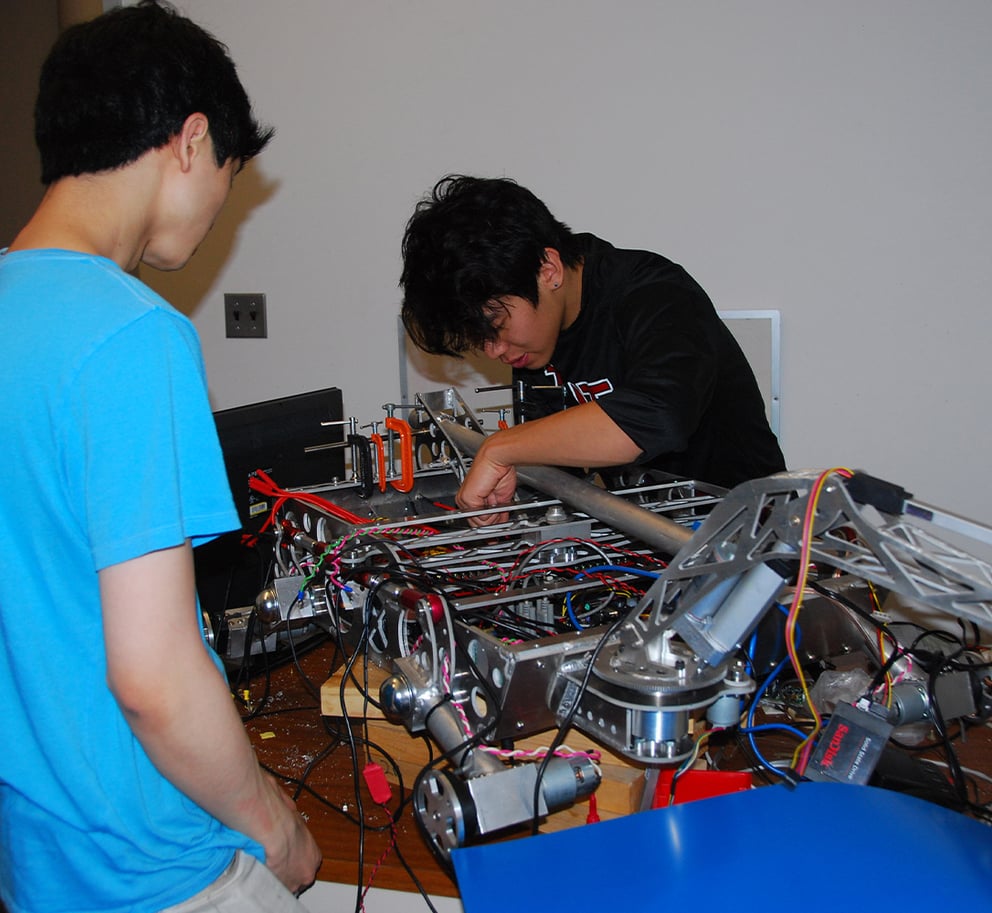Massachusetts Institute of Technology was chosen to participate in NASA’s annual planetary rover competition. They sought to gain a competitive advantage by forming an unbreakable connection between the rover and mission control. With the help of Peplink technology, they went on to take second place in this prestigious event.
“Peplink’s networking gear was intuitive and simple to setup and configure; it performed every bit as well as advertised.”
– MIT Robotics Team

Challange
Robots need fast, reliable, and constant communication with human explorers, especially when countless hours of work are at stake.The MIT team learned that teams from past runs had consistently struggled with high-latency communication links, adversely affecting rover control. To top that off, signal dropouts caused precious seconds to be wasted in re-establishing connections, which could mean the difference between discovery and disaster.To design and build a winning solution, the team required reliable and responsive communications, and it was soon clear that MIT would need multiple redundant connections with capacity for failover and bandwidth sharing.
Solution
MIT Robotics used two 4G LTE connections to build a VPN connection and instantly saw gains in bandwidth and reliability.
SpeedFusion technology ensured that connections load balanced and performed failover at the packet level. Should one connection go down, there would be no reconnection necessary and all sessions would remain persistent. As a bonus, the rover’s high bandwidth video stream could also split across both connections.

Software configuration was a breeze, as Peplink’s VPN kept the rover and mission control on the same local network. This also enabled the engineers to work on the rover’s software while it was being field tested, accelerating MIT’s development cycle. In addition, the team was able to monitor throughput, packet loss, and latency on each 4G link in real-time using Peplink’s comprehensive firmware.
“…we reached out to Peplink, they suggested that Peplink’s SpeedFusion technology may give us an even greater edge, and generously offered to donate the necessary equipment.”
– MIT Robotics Team

Result
Forty minutes into the competition, MIT Robotics encountered the single biggest issue they had feared — a cellular coverage dead spot.
“One of our 4G LTE connections encounters issues and begins dropping many UDP packets. Thanks to Peplink’s SpeedFusion hot failover technology, we are able to drop the degraded link without interrupting the connection and continue operation on our remaining 4G link from a competing provider.”
Against deeply entrenched competitors, MIT Robotics managed to score a close second.